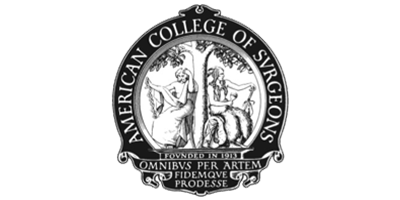Conditions Treated at Empire Eye Physicians
Retinal Vein Occlusions
Vein occlusion follows vascular diseases
High blood pressure and other vascular diseases can affect your vision by damaging veins in the retina. Retinal vein occlusions commonly occur with glaucoma, diabetes, vascular disease, high blood pressure, and blood disorders.
Your eye doctor will try to determine the cause of the problem and prescribe a treatment plan to preserve or improve your vision. A number of different treatments may be appropriate and can often reverse the disease process, sometimes restoring vision.
Branch retinal vein occlusion
Branch retinal vein occlusion (BRVO) causes a painless decrease in vision, resulting in misty, distorted, or blurred vision. If the veins cover a large area, new abnormal vessels may grow on the retinal surface, which can bleed into the eye, blocking the retina and causing blurred vision.
BRVO blocks small veins in the retina, the layer of light-sensing cells at the back of the eye. Some central vision is lost if the blocked retinal veins are ones that nourish the macula, the part of the retina responsible for reading vision. During the course of vein occlusion, 60 percent of people will have swelling of the macula. This macular swelling (edema) will remain for about a year in one-third of the people if it goes untreated.
Your eye doctor may recommend a period of observation since hemorrhages and excess fluid may subside on their own. If the central retina is involved or abnormal blood vessels develop, your retina specialist will direct your treatment to help maintain or recover vision.
Your eye care specialist may also order studies to identify the cause of the blockage in order to minimize the risk of a second event in the eye or elsewhere. If you have had a branch retinal vein occlusion, regular visits to your eye doctor are essential to protect your vision.
central retinal vein occlusion
Central retinal vein occlusion (CRVO) blocks the main vein in the retina, the light-sensitive nerve layer at the back of the eye. The blockage causes the walls of the vein to leak blood and excess fluid into the retina, often resulting in macular edema or swelling in the central retina. Vision becomes blurry when this fluid collects in the macula, the area of the retina responsible for central vision. Blotchy vision, intermittent vision loss, and new floaters may also be symptoms of CRVO.
Specialized Procedures
Request An Appointment
Simply fill out this form and we will get back to you shortly.








It’s like a whole new world
"Thank you, Empire Eye Physicians. I thought I could see colors, but as I got older I didn’t knowI was painting brighter and brighter. After cataractsurgery, it’s like a whole new world! Like being blind and now you can see."
– Christina, Artist/Cataract Surgery Patient
Watch Christina's StoryA life changing event
"I started wearing glasses when I was 6 years old. Thank you so much for your care as I went through such a life changing event—iLASIK! I appreciate the individualized care and all that you do to improve peoples’ lives!"